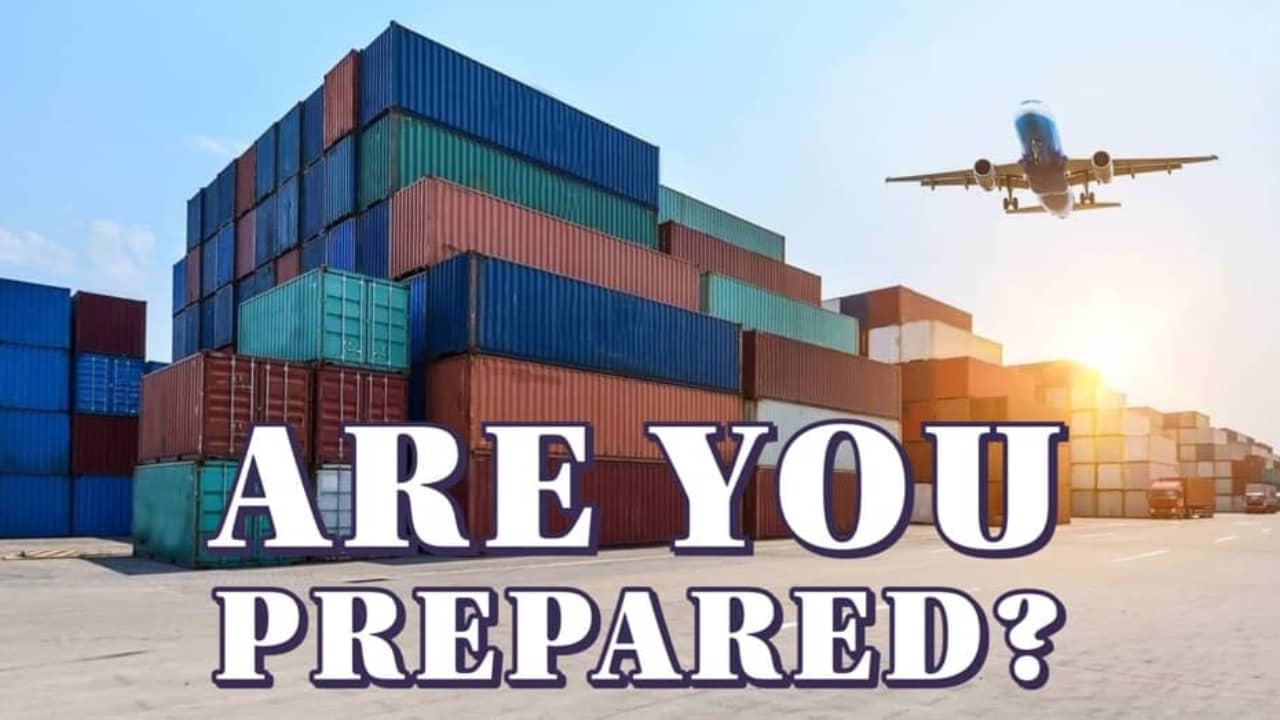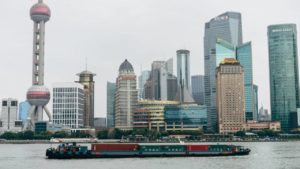
Prepare for the Key Issues of Supply Chain of 2022
6-minute read
Should shippers prepare for a new round of disruptions in 2022? And what are the key factors to watch out for in 2022?
2021 was undoubtedly a year like no other for the supply chain as record vessel delays clogged ports and crammed warehouses. Smaller companies have had to fight to secure space on container ships to keep production and sales moving while facing cash flow pressure as they soaked up rocketing freight rates.
Consumers have experienced it via empty shelves, limited product availability and rising prices.
Jens Bjorn Andersen, chief executive of DSV, one of the world’s largest logistics groups currently squeezed between frustrated shipping lines and angry customers, describes the situation as “the worst I’ve seen” after more than three decades in the industry.
The shipping bottlenecks have exposed one of the most severe threats to the global economy as it emerges from the pandemic: whether the worldwide traffic jam remains gridlocked or begins to flow again in 2022.
If the bottlenecks persist, freight costs will remain high, space for cargo on ships will be limited, and retailers and manufacturers will have to endure chronic delays. That could, in turn, fuel inflation, prompt supply chain upheavals and accelerate the consolidation of shipping networks, fundamentally changing world trade.
During the pandemic, container shipping had to juggle a tremendous surge in consumer demand for goods with the reality of having slashed capacity during the initial lockdowns in the first half of 2020. As a result, a highly synchronised system was spun out of rhythm.
Simon Heaney, the analyst at Drewry, a maritime consultancy, is pessimistic that we will see a dramatic change this year.
“We expected to have more improvement in supply chains becoming unblocked by this stage. In fact, things have worsened,” he says. “We have more feedback telling us how deep a crisis inland logistics [trucking and ports] is facing.
All eyes on China
The latest spread of the Omicron coronavirus variant has the shipping industry on edge, waiting for the next hitch that could derail operations. Most eyes are on what China — home to seven of the top 10 container ports in the world, including the busiest, Shanghai — does next.
Beijing, which operates a national zero-Covid policy, put Xi’an, a central city of 13m, into lockdown in December. Hong Kong has temporarily banned passenger flights from eight countries, including the US. The city of Ningbo was partially shut down last week in response to fresh coronavirus cases.
A key factor in whether ocean liners can restore a reliable infrastructure for global trade in 2022 will be the strength of consumer goods demand — if it remains strong, it will be difficult to clear backlogs.
Demand for container shipping tends to rise in the weeks before the Chinese New Year — in early February in 2022 — when factories close temporarily and exports ebb. It is time we might see some improvement, says John Pearson, chief executive of DHL Express.
But shipping executives say the Lunar New Year will probably be followed by restocking depleted inventories, which could run into the peak summer season for container shipping to Christmas 2022 goods.
Not all shipping lines’ customers are convinced of a sustained demand boom. Some have been stung paying about US$15,000 to move a 40-foot container from China to the US West Coast, ten times more than pre-pandemic.
Transport costs are set to keep rising this year as the higher spot market rates get locked into annual freight contracts currently under negotiation. Other customers say fear-mongering over potential shipping chaos this year looks more like a bargaining strategy by the carriers.
However, the return of tourism, hospitality and other services plus rising consumer bills and higher interest rates could all soften demand for goods, says James Hookham, chief executive of the Global Shippers Forum, a trade group representing importers and exporters.
I’m not buying the hype that says we will endure this for most of 2022,” says Hookham, who believes shipping congestion could ease within weeks once consumers begin feeling the pinch. “There’s no inevitably about the continuing high levels of demand for container shipping.”
Unlocking the US
The transportation problems are global, hitting businesses and consumers from São Paulo to Tokyo. But some executives and analysts believe one bottleneck, above all the others, may hold the key to ending the disruption: the neighbouring ports of Los Angeles and Long Beach, the US gateway for Asian imports.
Outdated infrastructure and the inability to operate 24 hours, seven days a week like Asian counterparts have contributed to severe congestion. The size of the queue of vessels lined up outside the terminals has become a barometer of worldwide supply chain convulsions.
While that queue has lengthened out many miles to sea because of new rules, the number of container ships waiting — above 100 last Thursday — is at a record high.
LA/Long Beach accounted for roughly 22 per cent of shipping capacity waiting to berth globally last Tuesday, according to Kuehne + Nagel, a Swiss logistics group.
If we solve North America, then there would be enough capacity for the rest of the system,” Alan Murphy, an analyst at consultancy Sea-Intelligence, told a meeting of shipping experts in December.
However, easing congestion in the US appears far from simple. Joerg Wolle, Kuehne + Nagel chair, says that inefficiency at the ports and the truck driver shortage — neither of which have short-term fixes — mean the system has been unable to cope with the demand surge.
Equipment is a further restraint. According to consultancy act research, the US has 4 per cent fewer chassis in circulation than in 2018, yet demand has increased.
CH Robinson’s Biesterfeld says that makers of the steel frames and trailers would be unable to pump out enough to make a difference before the second half of 2022.
‘It will never normalise’
In the decade before coronavirus, shipping cargo in containers was so cheap that the industry, plagued by excess capacity, struggled to make a profit.
Some carriers went bust, and the world’s top shipping lines formed three alliances, sharing space on voyages. Now, the world’s leading nine carriers control 83 per cent of tonnage.
This consolidation plus the dearth of investment in new ships before the pandemic and tightening emission regulations has led many commentators to conclude that higher rates will persist.
And the expectation that the world will have to learn to live with high freight rates has bled into a discussion of the link between shipping costs and inflation, which also sparked questions about the evolving shape of the infrastructure that underpins international commerce and economic prosperity.
Scott Price, president of UPS International, sees one consequence of the past 18 months as a “migration to new supply chain models” with companies moving production of complex goods closer to consumers — to combat higher transport costs.
Shipping companies also significantly slashed the number of port calls in their networks in the second half of 2021. Stops at the five biggest Asian and northern European ports on weekly loops have plummeted by a quarter since 2016, a phenomenon that has only accelerated in the pandemic, according to Alphaliner.
Mikael Jensen, head of the global ocean network at Maersk, says that the shift to a “more hub-and-spoke” model — which the Danish shipping group is in the process of adopting — will help restore reliability.
Instead of calling at every port directly, we put [the cargo] on to feeders at a connection point,” he says. “That will make the network less dependent on individual delays at ports . . . this is something we’re looking to do more of.
The shipping industry warns of a lengthy wait for better news for cargo owners on the sharp end of the disruption.
I don’t think it will ever normalise,” says DSV’s Andersen, who believes the past two years has led to a fundamental change in the logistics industry. “If ‘normalise’ means going back to the situation we saw before Covid, to be honest, I don’t think we’ll ever get back [to that].
Source: The New Zealand Herald
P.S. Easy Freight Ltd helps New Zealand importers & exporters to save money on international freight and reduce mistakes by guiding how to comply with Customs and biosecurity rules.
➔ Contact us now to learn how we can assist you.



